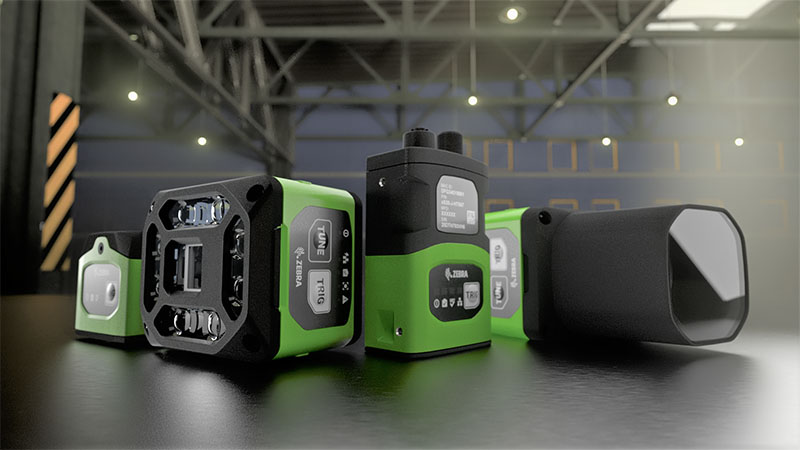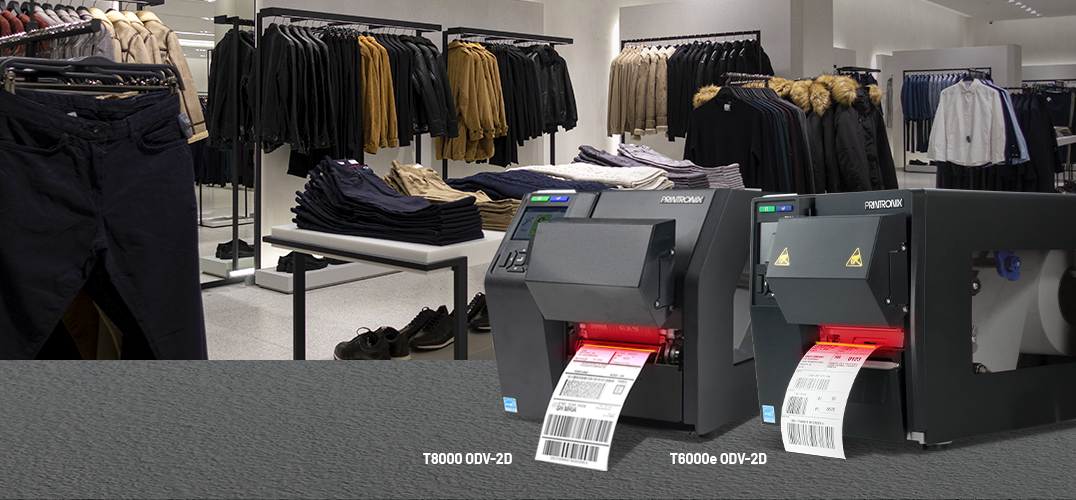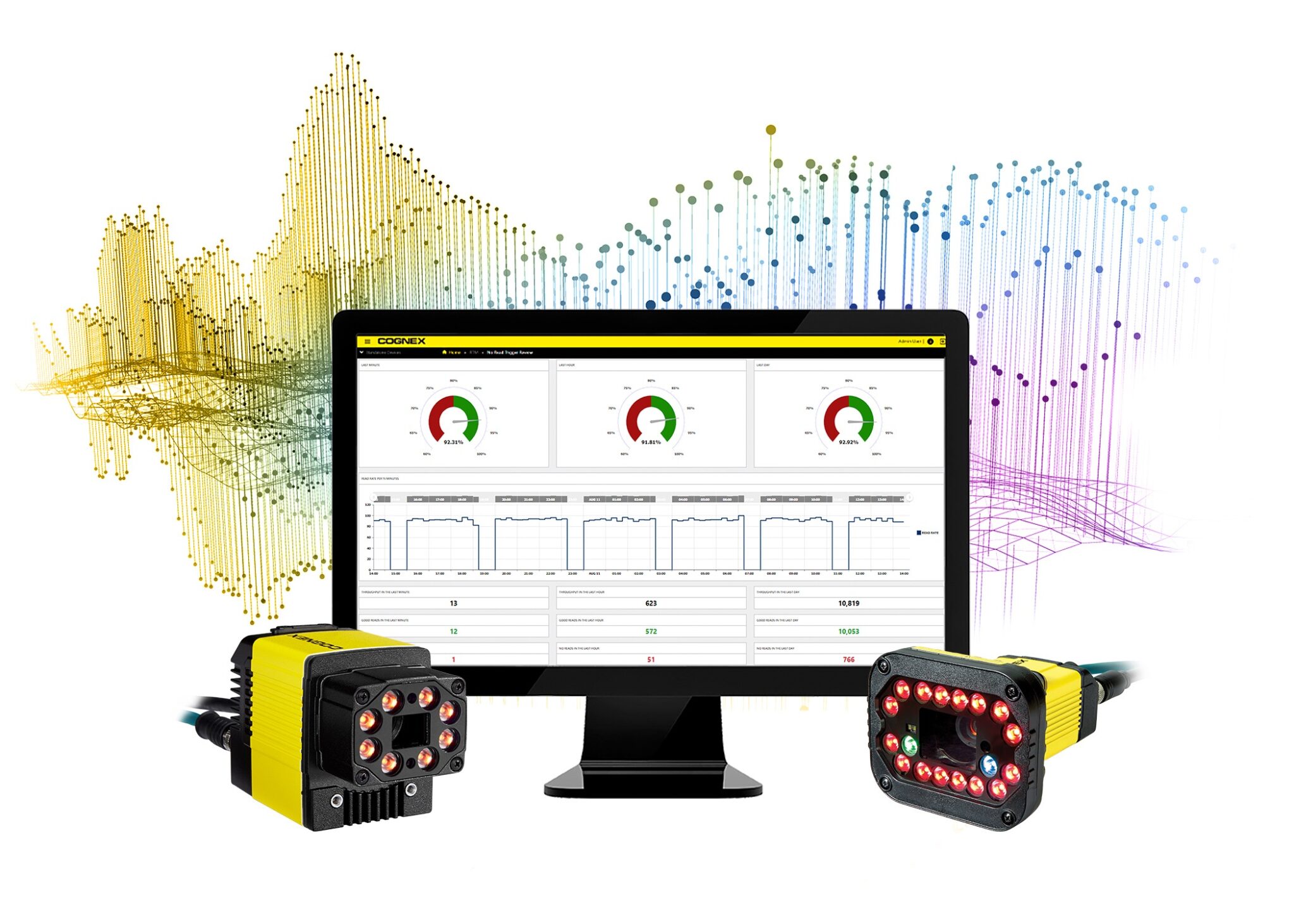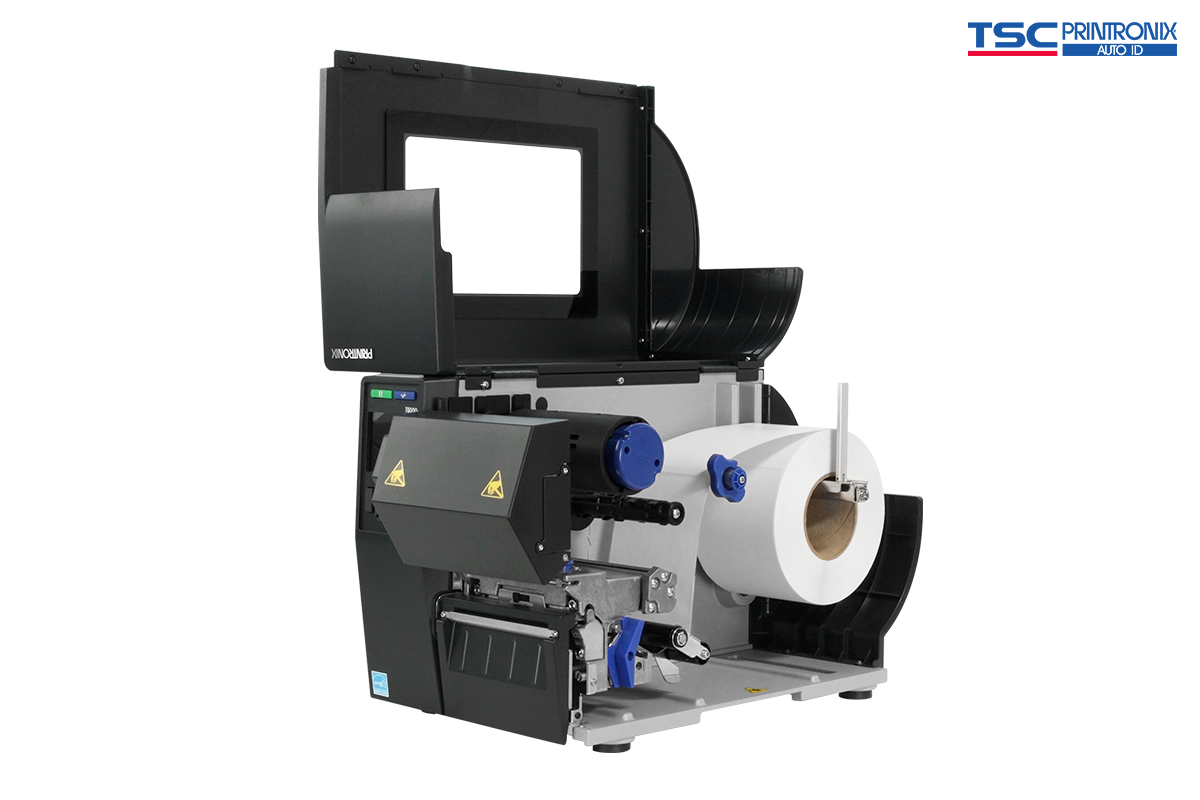We catch up with a global barcode printers leader, which has experienced strong growth in recent years.
Ecommerce and the drive to mobile have helped global printer leader Bixolon to some great year-on-year turnover numbers, says Frédéric d’Orsay, Channel Sales Director Europe. He adds that there is still much more to come.
Frédéric is an old friend of Logistics Business – he was a lively panellist in our online conferences staged during lockdown – so it was a pleasure to catch up with him once again to hear from the inside about the state of play in the sector.
He says Bixolon’s success is down to its core focus. “We’ve been making printers for 30 years and we keep doing just that. Some of our competitors get components, and make the choice to manufacture other things with those components. We stick to printers, and we’re renowned globally for that.”
Bixolon was founded in South Korea, initially as Samsung Mini Printers. The now independent Bixolon retains a good working relationship with one of the world’s largest chip manufacturers and accordingly now devotes a lot of printing expertise to the mobility sector.
“It’s about labelling on the go now – and mobility is what makes sense,” he explains. “Look at home food delivery, for instance. Accurate, fast labelling is required to ensure – for both customer and supplier – that the order is exactly as requested, including the customer’s own specifications. There is a well-known large casual dining chain in the UK that has improved its order accuracy and makes sure the right order goes to the right customer at speed and without mistakes. Don’t forget that the order might be going to a pick-up area, to the restaurant itself or to the customer’s home, so the need for clarity at all points is vital, because it can be very easy to get something wrong. The printer is a real help in these circumstances.”
Ecommerce also requires labelling innovation, whether via compliance regulation or in the increasing drive to differentiate via individual customer personalisation. “More boxes are being shipped than ever before,” he points out. “A clear label matters more than ever.”
With sustainability a concern for all customers, from consumers waiting in a takeaway restaurant to a large 3PL looking to reduce its waste footprint, Bixolon’s linerless solutions – essentially, the sticker is produced without backing paper – help both the environment and the customer, providing both traceability and tracking options, such as the casual dining example given above. The sticky receipt adheres well to the food packaging, with no extra waste produced for landfill. Bixolon’s SRP-S300 is a big seller in this area, he reports. “We don’t make handheld terminals,” he reminds me. “We make printers, we’re not making a choice between it and a PDA.”
A further advantage of the new linerless technology allied to Bixolon printing technology is that labels are no longer die-cut to a specific size. “Labels can be as long or as short as you wish, so you are not limited in terms of how much or how little information you need to include, while a label roll the same length as the traditional die-cut version gives you up to 40 per cent more labelling availability.”
This labelling freedom offers benefits in other scenarios. “Think of a forklift operator using a print roll – now he or she doesn’t have to go back to base or to a rubbish disposal location as frequently as before. That matters in a busy shift.”
Bixolon is on an exciting path. “Not everyone cares about making a thermal printer like we do,” smiles Frédéric d’Orsay.









